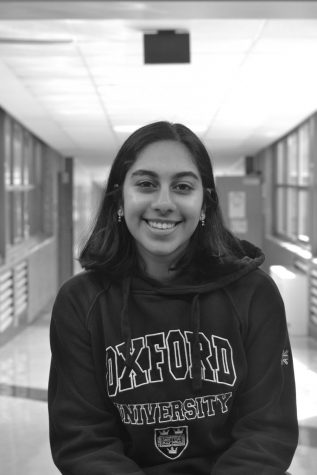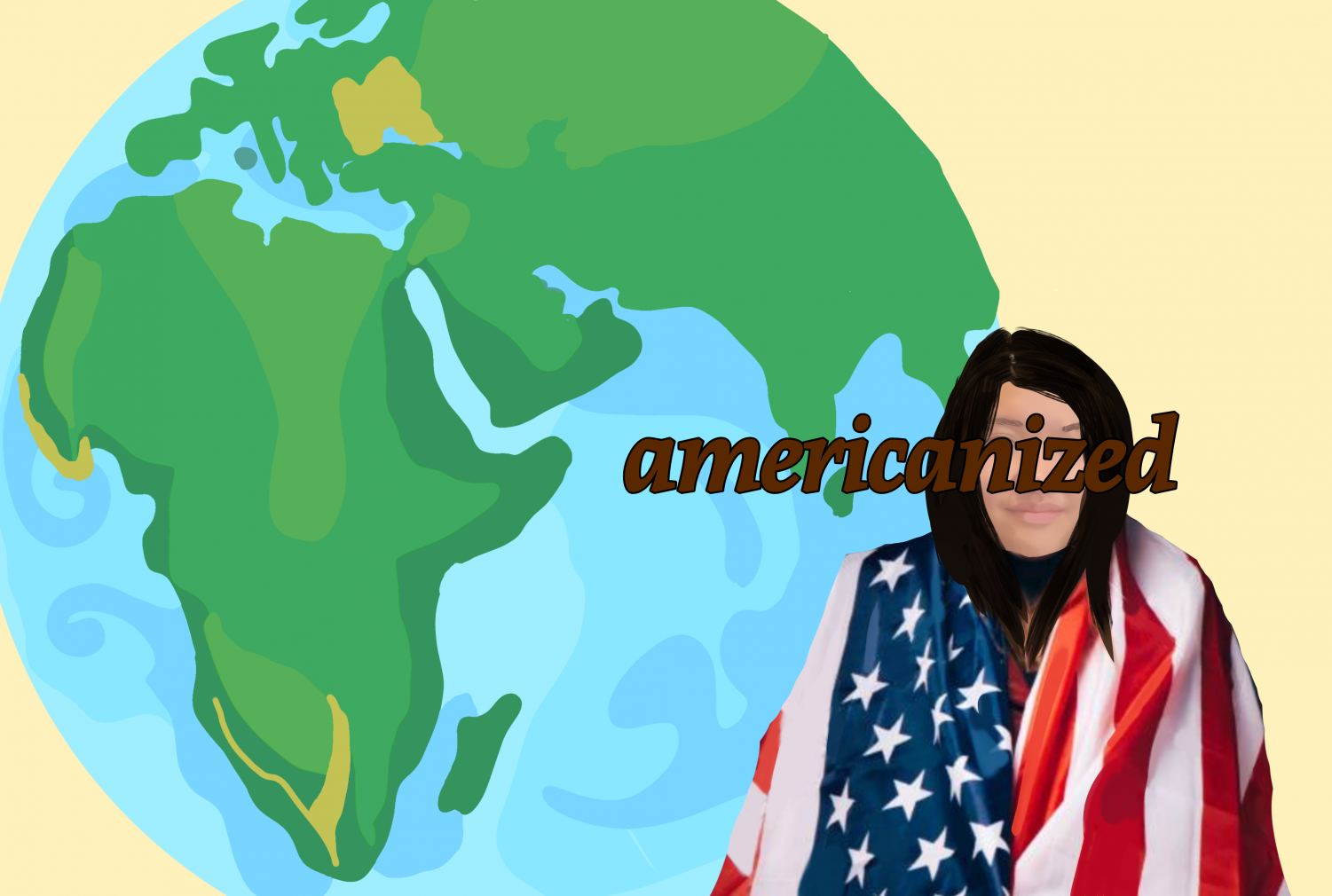
Sushmita Rajan is a Sophomore at North Allegheny Intermediate High School. A volunteer for UPMC Passavant she loves to help people. As this is her first...


Ethnicity as Produce: A different view on the term "coconut" and how this term can cause conflict within one's own identity.
October 25, 2019
Do you know what a coconut is?
Think again
To many Indians, coconut symbolizes an Indian immigrant or a first-generation Indian who is “brown” on the outside, but “white” on the inside. This means that these people have become Americanized on the inside and only really have their brown skin to show their culture. Another, funny term Indian emigrants use to describe themselves is the term ABCD. This acronym stands for American Born Confused Desi. Desi is a term coined for Indian emigrants.
To some of us first-generation Indians, these terms are offensive and are basically calling us “uncultured.” Here three first-generation Indian Americans share our idea on how it was growing up as a “coconut” and an “ABCD”
***
Growing up as a first-generation Indian American it can be very difficult to embrace both Indian and American culture. It always is confusing if we should be more Americanized and be classified as a “coconut” by all of our cousins, grandparents, and Indian friends or if we should only embrace or Indian traditions and be told by the American community that we are “weird” and “abnormal.”
Personally, I think I have found a balance where I still can still worship and respect the Indian culture while also accepting new values and traditions from the American world. But of course, like any other journey, it took a long time to get here.
For eleven years of my life, my sister and I were the only brown-skinned person in the school. I was born and grew up in a suburb in Cleveland Ohio called Mentor. 97% of the population there is caucasian and only 1.4% of the population is Asian. Because of this, my parents decided it was better for my sister and me to go to a Montessori school. They thought the school would be more “accepting” and less “demoralizing” to us. Yet, although they may have had the right thought, there were some kids who were confused that my skin was brown and why I sometimes wore a dot on my forehead. Nonetheless, after four or five years of asking questions and staring awkwardly, I got used to it and my classmates accepted me for who I am.
In addition to putting my sister and me in a Montessori school, they took us to an Indian camp in Saylorsburg PA. We were exposed to the Hindu culture and interacted with many other first-generation Indians. Not only did we learn about the Hindu philosophies, but we also made life-long friends that share similar values and experience the difficulties of living as a first-gen Indian.
Then, when I moved to Pittsburgh, we moved into what many Indians joke as the “brown town number 2.” In Pittsburgh, Indians are not very scarce. Especially in North Allegheny, about 10% of the population is Asian. There are many neighborhoods in the North Allegheny school district that have a large population of Indians/Asians in there. For me, when I moved into one of these neighborhoods, I was delighted and awed by the amount of Indians in my neighboorhood. My parents called it a “mini India” as there were kids playing cricket on the street.
When I started school at North Allegheny, I found that the people here were more accepting and did not care about the color of your skin. No one was concerned that I was a different religion. Since there were more people of my ethnicity, I did not feel as left out or excluded.
After one year in North Allegheny, I started middle school. It became more apparent the division between the “white” Indians and the “brown” Indian. While the “white Indians” seamlessly blended into the majority, the “brown Indians” stayed in their own group and perfectly exemplified a classic brown child. I somehow found myself in the middle not sure where I should go, as I had both white and Indian friends. I was confused if I should be looked down upon by all my relatives or made fun of by my classmates.
Now, in high school, I feel I have found a balance to appreciate both sides. I try my best to appreciate customs that were handed down and accept new traditions. In some way, all first-generation Indians are “coconuts” and “ABCD.” We all are trying to figure out our lives and the ways we can fit in. However, instead of silencing this “cultural confusion”, perhaps we should find ways to talk about it, understand it, and embrace it.

Sushmita Rajan is a Sophomore at North Allegheny Intermediate High School. A volunteer for UPMC Passavant she loves to help people. As this is her first...
Jessica • Oct 21, 2021 at 7:06 pm
Wow, this morning I had a vision of a half cut hollow coconut and a native, etc. I did not know what it meant, wow
Suchi • Oct 25, 2019 at 6:50 pm
Wow! Powerful stuff! Inspiring!